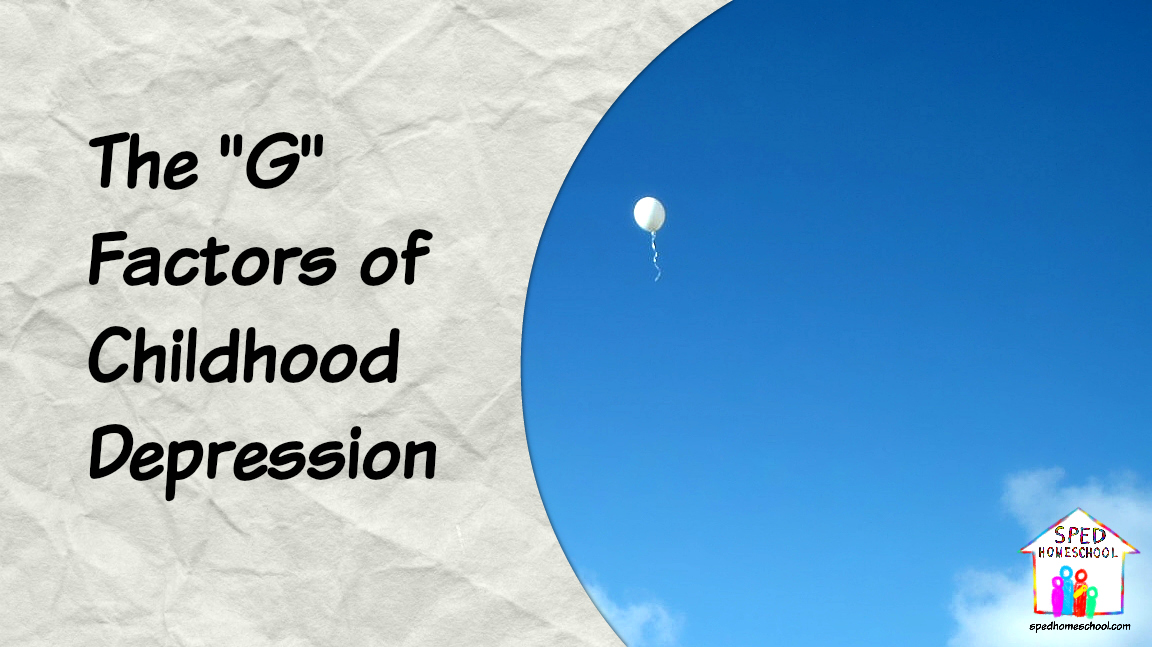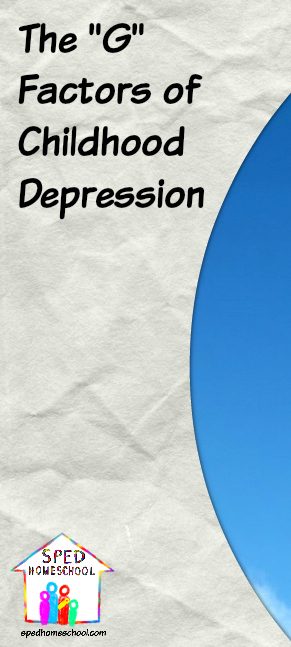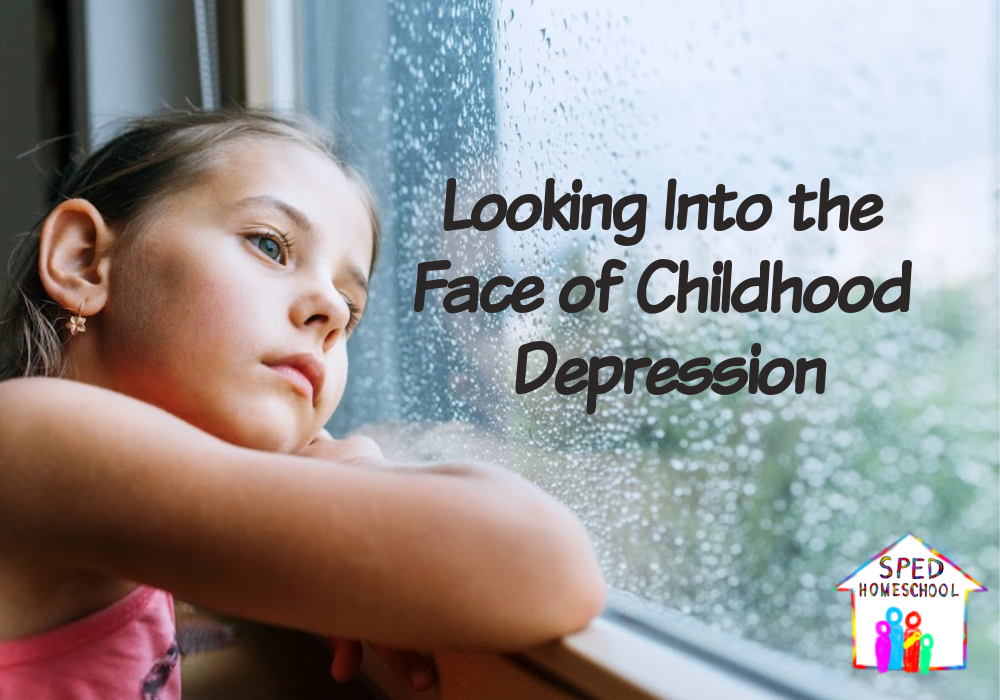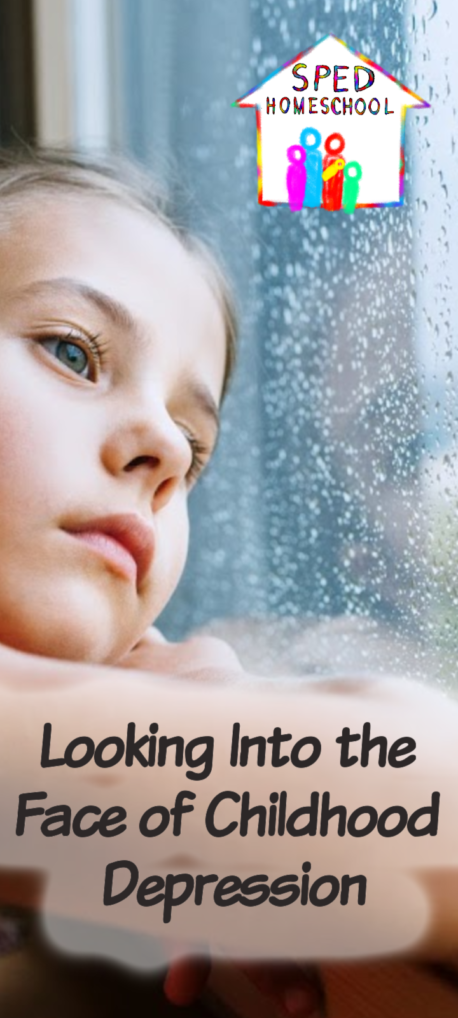
Peggy Ployhar
Once again, I am using a letter in the word “LIGHTS” to highlight this third post in this series. Today’s letter is “G” and the warning light subject we are going to address is Guilt, while the guiding light discussion will be focused on Grace.
Warning “G” – Guilt, and Continuing Shame
Guilt, if left to fester, can enslave anyone. The two most typical ways a child will be swallowed up with guilt is:
-
Reliving past mistakes or missed opportunities
-
Taking on responsibility for being abused or taken advantage of
David, in Psalm 38, perfectly describes what festering guilt can do to a person’s life:
“For my iniquities have gone over my head; like a heavy burden they are too heavy for me.” Psalm 38:4
Parents who realize they have a child who struggles in this area needs to work very hard on being transparent with their own child of how they mess up as well as people their child admires. If a child can see how perfection is a facade and everyone, even the people whom they most admire, are fallible and miss saying or doing the right thing all the time, they are better able to set more realistic ideals for their own life.
Instead, a child needs to slowly heal through a repetitive forgiveness process…one that takes much work on the part of a parent, and sometimes a counselor. As a child lets go of the hurt little by little, the healing begins to repair their heart and heal their soul. Truly it is a work that God must be part of and it is not something to be rushed. In the end the goal is to help the child see the sin, heal from the hurt, forgive the person who hurt them, and eventually understand the purpose God had in allowing them to go through the experience AND the healing.
Guiding “G” – Grace of God
Being completely forgiven by the grace of God is sometimes a fact taken so simply by Christians that we often don’t break it down as we should so we can fully em
A method I developed to help myself and my boys when they were younger, is called the ABCD Grace Method. In using this method, my children and I learned not only to accept God’s grace for our shortcomings, but also how we must move forward freely in the grace God provides.
Silver Lining of Guilt and Grace
Over the years I have learned not only give myself grace, but also give grace to others realizing they too suffer from the same sinful condition I do…and they too are just trying their best.
Be encouraged parents. Your child who is struggling with depression may not yet understand how much they need grace, but God will not allow them to carry their unnecessary guilt any longer than they need. His grace is freeing and it will come into their lives at just the perfect timing.
Links to all the blogs in this series:
Looking Into the Face of Childhood Depression
The “L” Factors of Childhood Depression
The “I” Factors of Childhood Depression
The “G” Factors of Childhood Depression
The “H” Factors of Childhood Depression
The “T” Factors of Childhood Depression
The “S” Factors of Childhood Depression




